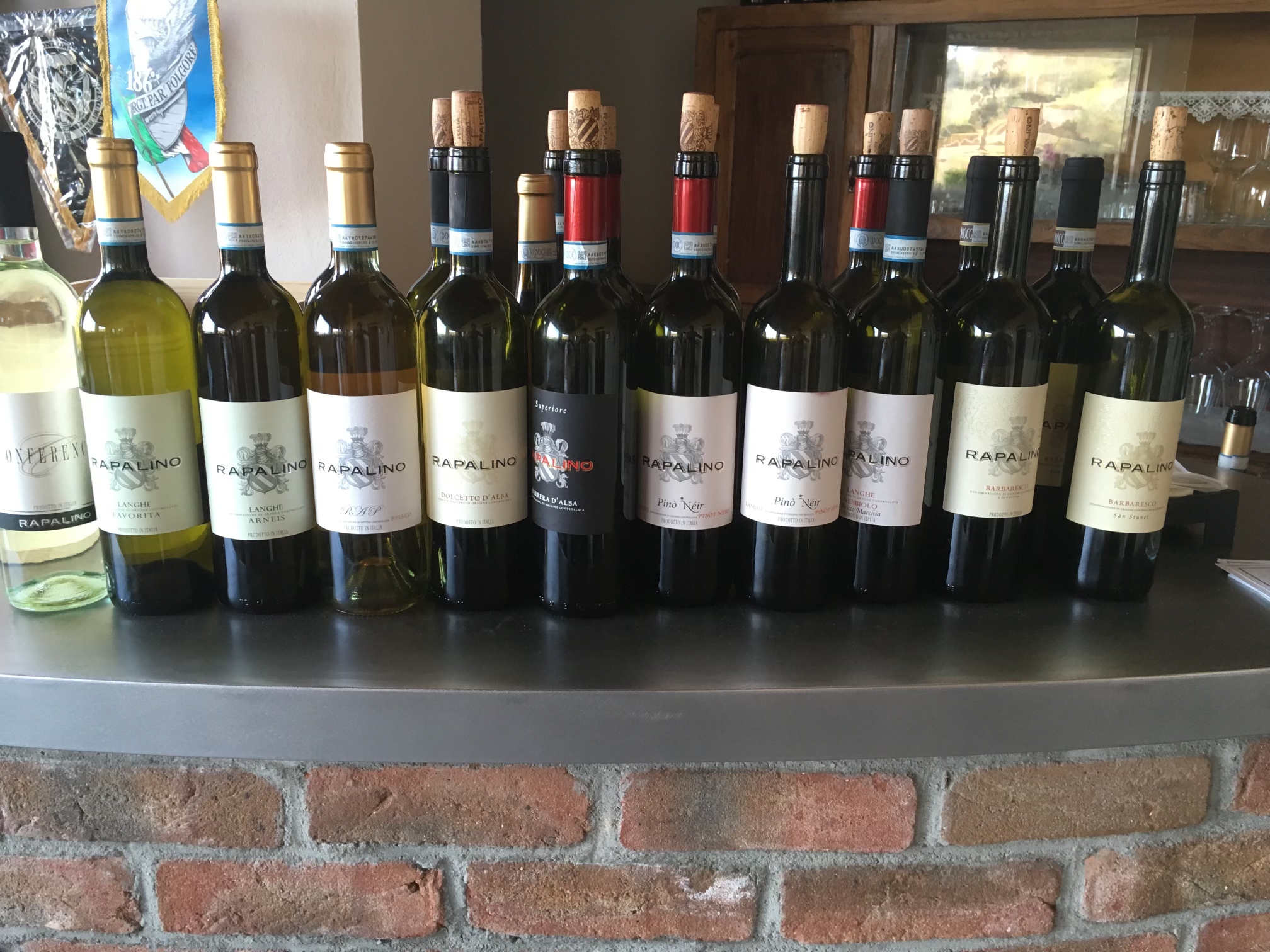 A Note About this Guide
A Note About this Guide
I have noticed recently at parties and social events that young folks in Denver seem to drink wine when it is available but almost never bring it themselves. I have seen folks bring plenty of other drinks but, notably, wine was absent. As I considered this, I realized that I was also one of those people. I have never brought wine to a party or dinner before.

This, despite the fact that I’ve been interested in wine my whole life. When I was 5, I decided I wanted to be a sommelier (without having ever tasted any wine by that point). While I chose a different career, I grew up learning about wine and I had already attended wine tastings in Italy by the age of 15.
Even with that background, I personally find even the thought of buying wine intimidating. I know what good wine tastes like. But I don’t know how to buy it. After years of tasting and spending time around wine, I still don’t really know what to look for at the shop. And how much more might this be for someone who is perhaps a new or a more casual wine drinker?
Wine stores are intimidating. I never know where to begin. It just feels safer to bring hard seltzer or even beer than to risk bringing a terrible wine. And on top of the social risk—I don’t want to be the guy who shows that he knows nothing about wine—there is a real financial risk when buying an expensive wine. I’d happily pay it if I could be sure it would be good, but what if it turns out to be a terrible wine and I just wasted $20-30?
As I considered this, I thought of my father. He is very knowlegeable about wine, and he brings wine to dinners and parties all the time. They always good, and can span a whole range of pricing—from $15 to $100+, depending on the event. The bottles that he picks aren’t either the cheapest or the most expensive thing in the store, they don’t seem to be the bottles with all the marketing, and they are always interesting. So how does he do it? It seemed to me that he must know something that the rest of us don’t—namely, how to see beyond the marketing to get something good. So I asked him if he would write a short guide, for my own use and for anyone else who might be interested on how to buy a bottle of good wine at a good price.
This is that guide.
How to Buy Wine if You Don’t Know Wine — By Richard Lawrence
This is about the quick clues for how to bring something interesting (but not too interesting) to a party or dinner. This isn’t exactly about pairing—you can totally geek out on making the wine a complementary ingredient to a meal. This is about buying something that will almost certainly be good and that will go with a range of typical potluck or BBQ foods in the Western US.
There are exceptions to all these suggestions. This isn’t about finding the best wine, the best deal, or the perfect pairing. This is about playing the odds to have the best chance at getting a good wine without having to know very much about wine.
Before we get into the details, a bias I need to confess: I think a heavy vanilla flavor makes almost any wine less interesting and less food-friendly. There are so many other great flavors and aromas that show up in wine. Vanilla can hide them. Unfortunately, wines with a heavy vanilla flavor do well with American consumer focus groups, so they fill the shelves at places like Costco, Trader Joe’s, and King Soopers. A big part of this guide is, essentially, how to avoid the heavy vanilla. (Which, if you’re wondering, comes from aging a wine in new vs pre-used oak barrels.)
Avoid anything from the US or Australia. Avoid Malbec from Argentina. (Yes, I know, they’re popular, and there are lots of good examples of all of these. See the exceptions and odds comment above.)
Buy a wine between $12 and $22. Price is used for market segmentation in the wine industry. Below $12, and you’re likely to get heavy fruit and vanilla. Above $22, and you may get something great or you may just get something overpriced. In between, your odds of interesting but not overpriced are best.
Be aware that some wines are named for the grape they’re made from (especially outside Europe), while other wines are named for the place but typically made from a particular grape (mostly within Europe). So, an Argentine Malbec is going to be labeled as Malbec. A French red wine labeled Cahors will be from Cahors in southern France and will be made from at least 70% Malbec (with up to 30% Merlot and/or Tannat).
Reliable, widely-available, food-friendly red wine options:
- Rioja from Spain (typically made from mostly Tempranillo)
- Cotes du Rhone from France (made from mostly Grenache)
- Barbera from Italy (in this case, Barbera is the grape)
Reliable, widely-available, food-friendly white wine options:
- Pinot Bianco from Italy or Pinot Blanc from France (same grape)
- Sauvignon Blanc from New Zealand or France (ask you store about the latter because it’s probably labeled by region, not by grape)
- Albariño from Spain or South America
- Grüner Veltliner from Austria (pronounced Groo-ner)
Go to a decent store and ask for one of these, and you’re done.
Next level for slightly more interesting but still easy is to get the same grape from outside the region that made it famous. This usually gets you more for your money because you’re not paying for familiarity. Three red wine examples:
- A Tempranillo from Spain that’s not from Rioja
- A red in the aforementioned price range from the Rhone region of France that’s not Cotes du Rhone
- A Malbec from France rather than Argentina
Final trick: Find an importer, producer, or store employee that matches your taste. Use that to explore new wines around the edges of what you’ve tried before. Like Xavier Vigneron’s Cotes du Rhone? Try another one of their Rhone reds. Like wines imported by Guiliana Imports? Try another one of their wines from a region or grape that’s new to you. Is there a store employee who has made good recommendations for you in the past? Mention which wines you liked and ask them to suggest something else they’re excited about.
You can spend a lifetime learning about and tasting wine. But you don’t need to know much to start. Use this guide to get started buying wines you and your friends can enjoy together.

